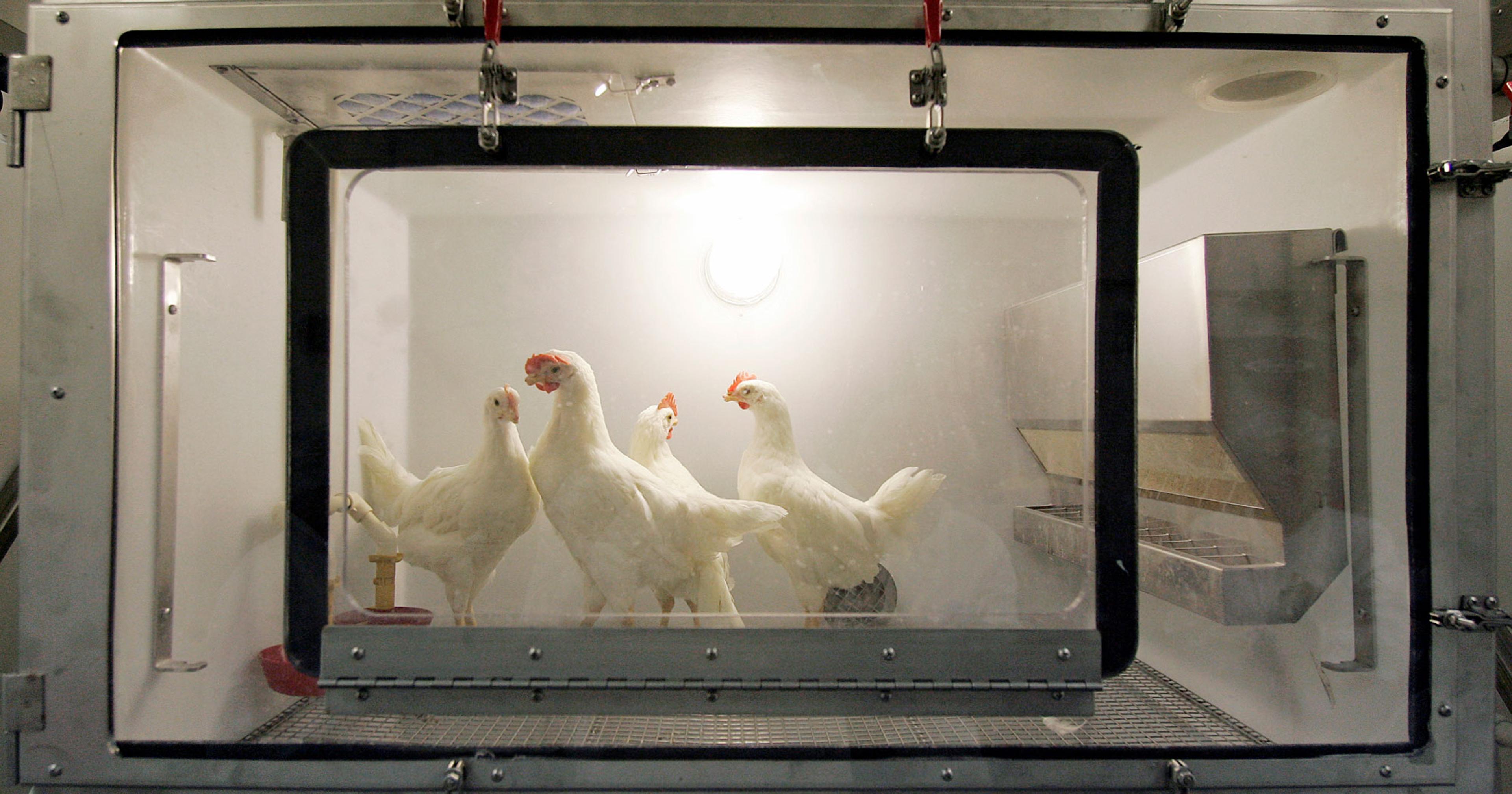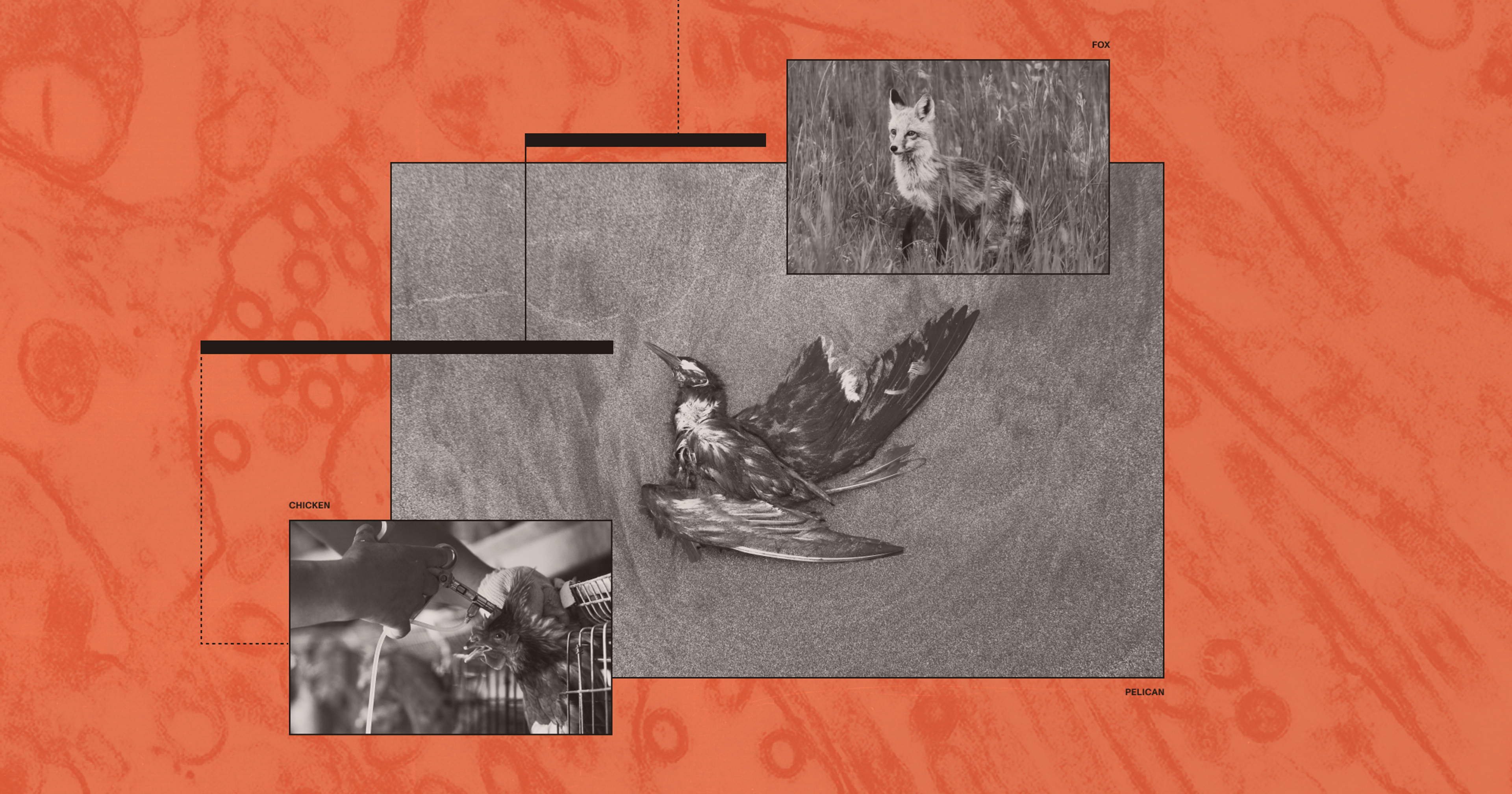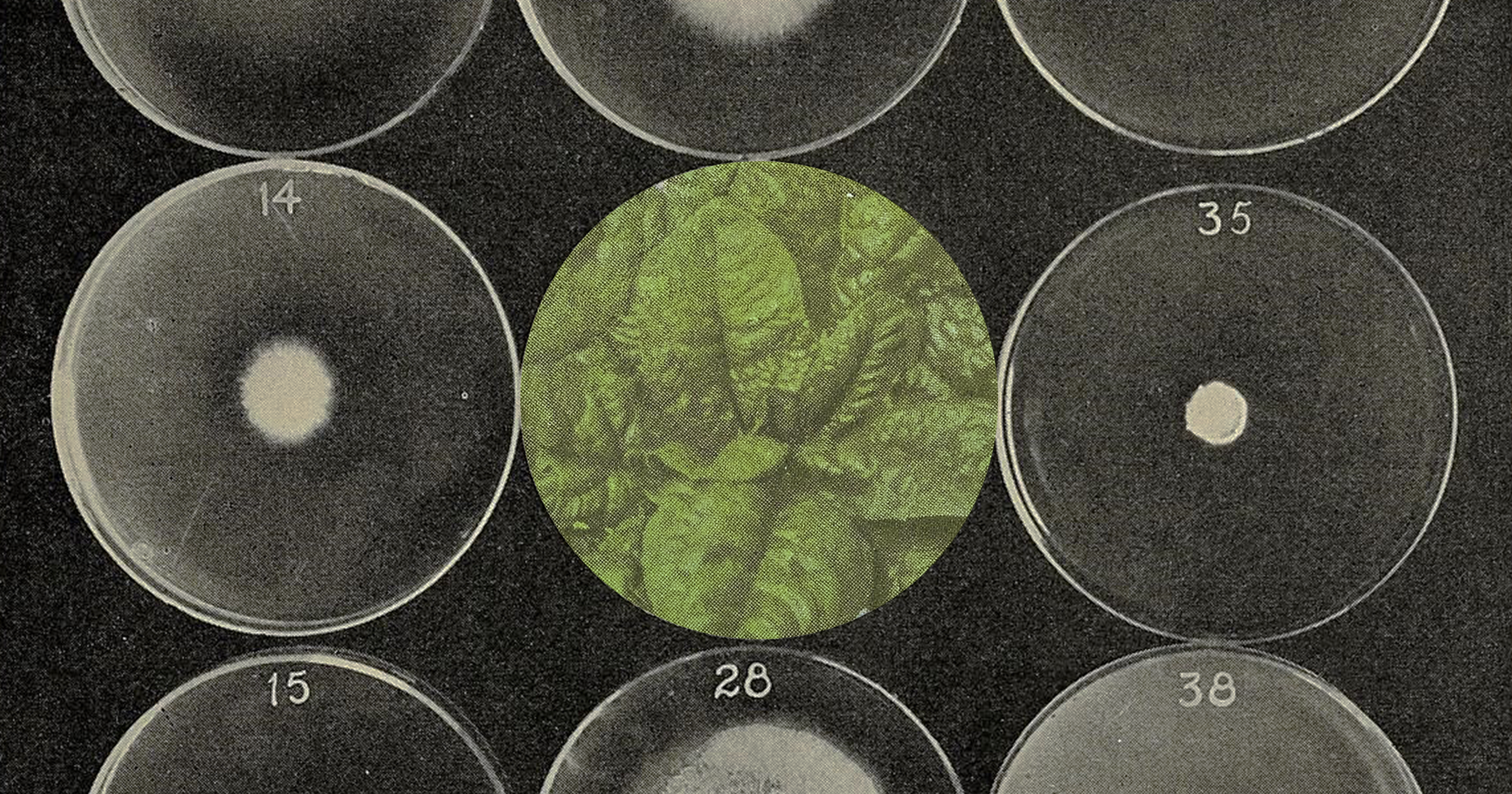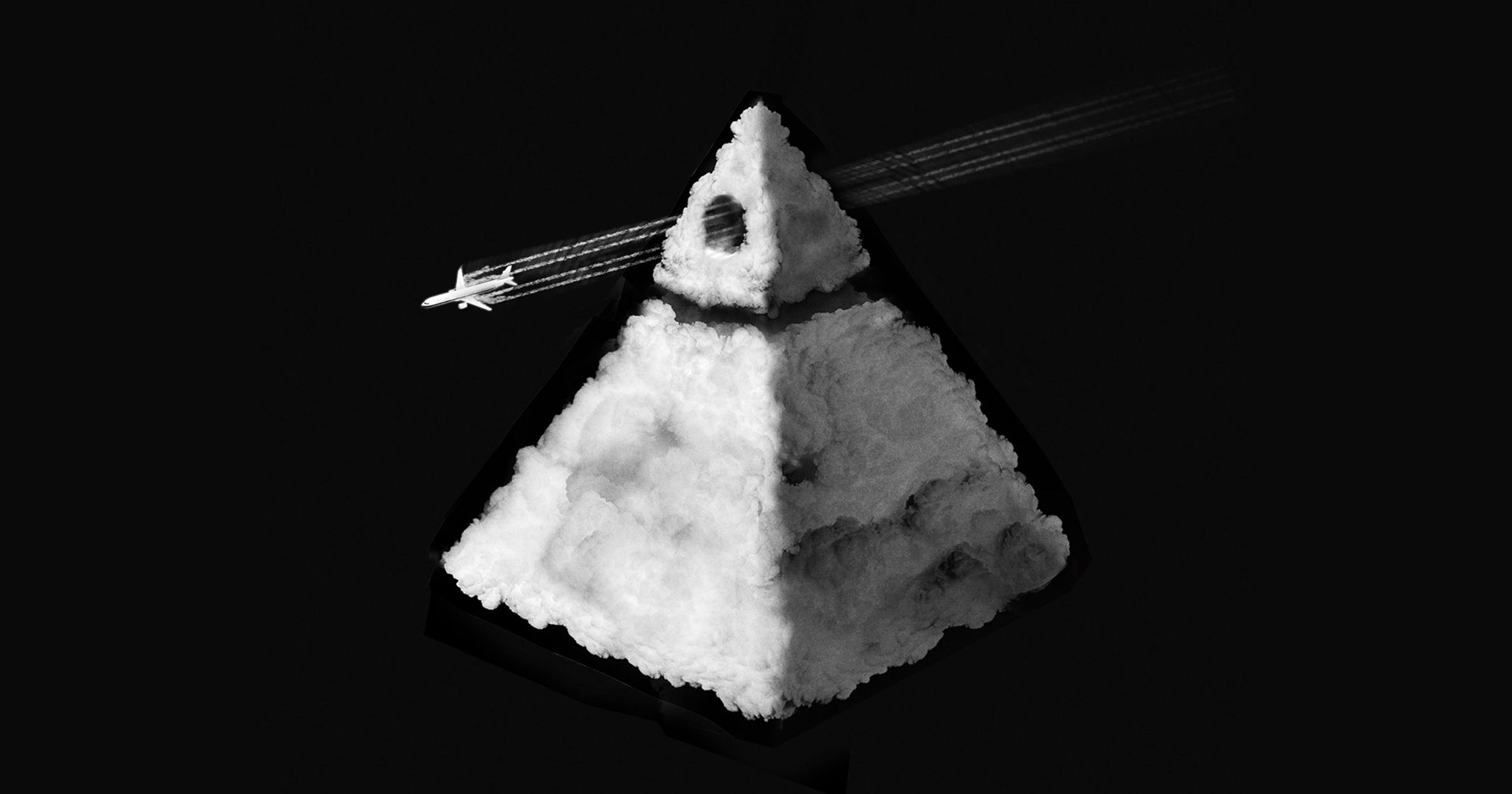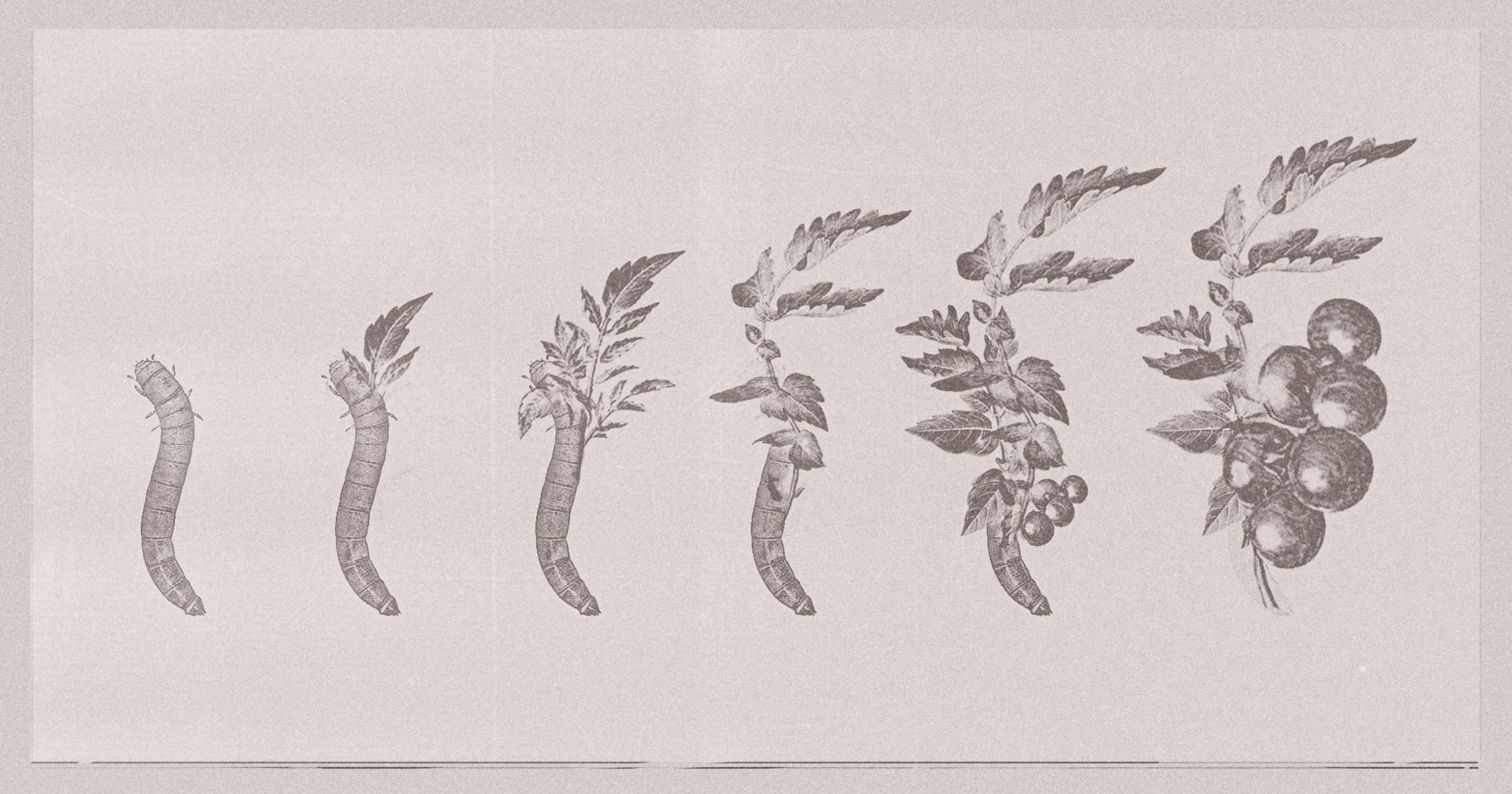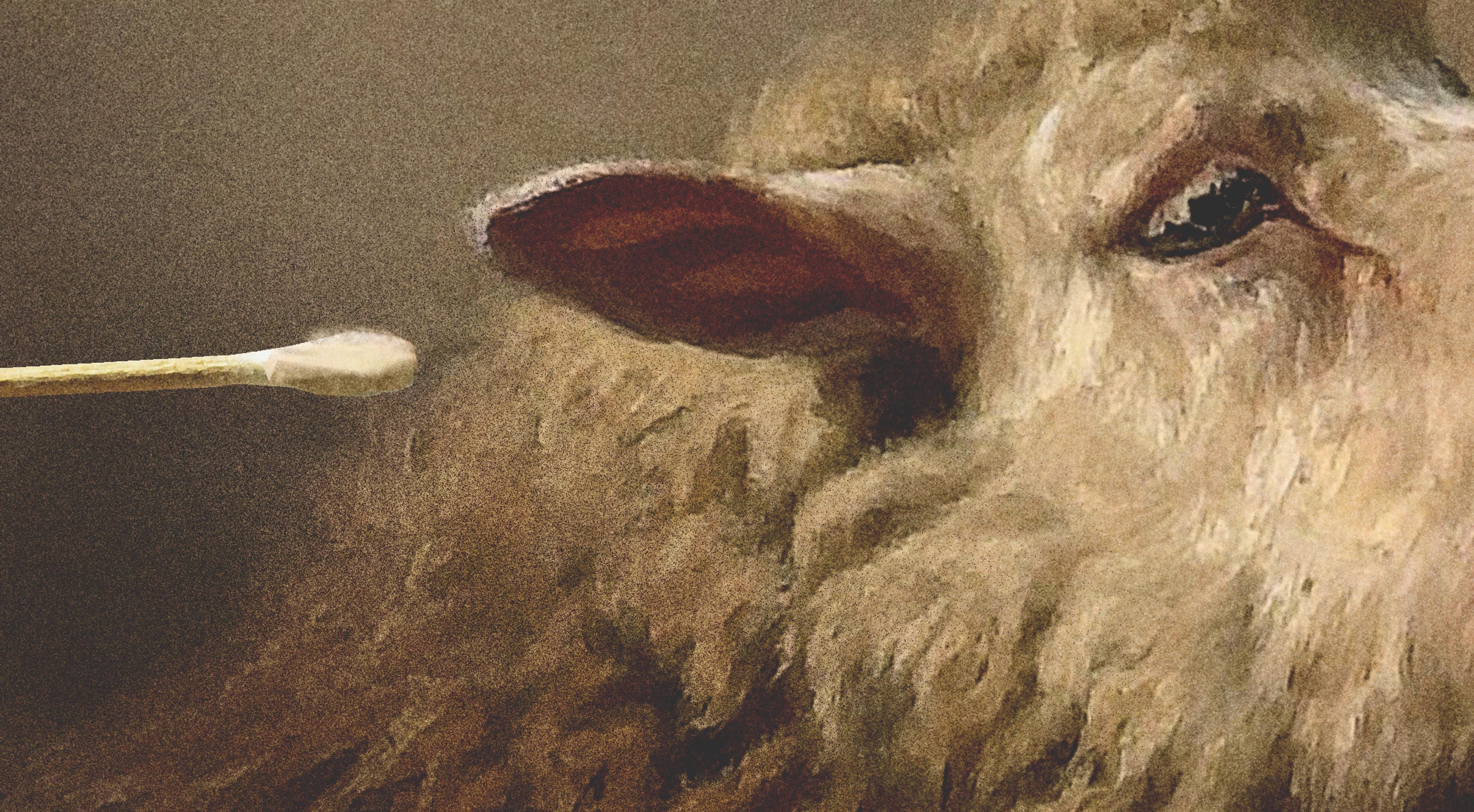New technology tests flocks with results in minutes instead of days.
Avian flu has become a financial disaster for some flock owners, especially in the egg industry. Backyard chicken owners are wondering whether their birds will be next. The problem is that there is no “early warning” system available. The gold standard for testing requires a lab and can take days to deliver results. A new detection technology can produce results in minutes, however, and is designed to be installed on site, right in the flock housing buildings, to provide continuous monitoring.
The USDA deems the H5N1 strain to be a highly pathogenic avian influenza (HPAI), which has had a mortality rate approaching 100% for some outbreaks. To control the spread of the disease, nearly 170 million heads of poultry have been culled or otherwise affected since the first outbreak was identified in February 2022, according to the Animal and Plant Health Inspection Service (APHIS) of the USDA. This includes both commercial and backyard flocks, and the disease has had a significant impact on commercial egg supplies and other aspects of the poultry industry.
Controlling avian flu is difficult, because the virus is present in wild bird populations and it can easily be spread to domestic poultry, including chickens and turkeys.
But as we learned from Covid-19, viruses don’t always stay in their lane. H5N1 has also infected cattle, primarily herds of dairy cows. Unlike the high mortality rate with poultry, the virus does not appear to kill cattle. The spread of HPAI has forced the isolation of sick cows, however, and restrictions have been placed on transporting infected animals across state lines. According to Mostafa Ghanem, assistant professor of veterinary medicine at the University of Maryland, bulk testing of raw milk has been helpful in identifying outbreaks in dairy herds.
The more concerning development has been the transmission from cattle to humans; as of March 2025, the CDC reports 70 human cases in the U.S. and the majority of those were due to transmission from infected cattle. (To date, there haven’t been any known cases of human-to-human transfer.)
The risk to the general public is deemed to be relatively low; the costs to the poultry and cattle industries remain significant, however. While many federal research grants have been stopped as part of recent cost-cutting measures, the USDA did announce a $1 billion program that covers biosecurity, financial relief for affected farmers, and vaccine research. And new testing procedures are at the forefront.
The fact remains that time is money when it comes to poultry infections. Traditional testing takes time, which limits how quickly flock owners can respond and start mitigation treatments. Faster results could reduce financial losses significantly.
Faster Testing for Flocks
Researchers at Washington University in St. Louis have developed a novel testing procedure that can identify infected poultry in five minutes or less. These results are nearly instantaneous compared with the current gold standard for testing.
At present, detection of H5N1 in poultry relies on real-time reverse transcriptase polymerase chain reaction (PCR) testing. This process requires that physical swabs are applied to the birds — living or dead — or to surfaces in the flock housing and then those samples must be delivered to an appropriate laboratory. There, the samples must be processed and prepared for testing. “The automated testing process itself takes about six hours,” according to Ghanem. “In general, results are available within 24 hours, though this can be cut in half in urgent situations.”
The PCR testing is also used to detect the virus in products including milk and meat.
Other testing procedures require drawing blood samples from individual birds, which is more difficult than simple swab samples. These alternatives rely primarily on blood samples. Once these samples have been collected and delivered to a lab for processing and testing, these tests can rapidly detect antibodies in animals that have been exposed to the virus. This means they can report on exposure, but not specifically about active infection. And these test can still take days before results are available.
Results Out of Thin Air
The Washington University technology takes a completely different approach. Instead of relying on physical samples from individual birds (or cattle), the system samples air from the exhaust vents from the animals’ housing. The researchers have described their results in a paper in ACS Sensors.
The air enters a wet cyclone sampler which captures aerosol materials and concentrates them in a fluid. A “wet cyclone” uses a design similar to dust extraction systems that drive air through a cone-shaped device. This spins the airflow, as in a cyclone, that forces particulates to the outer wall of the cone. In this case, the wall is coated with a carrier fluid — keeping it wet — which captures the viral and other airborne material. The carrier fluid rinses the wall, and every five minutes, a sample of the fluid is pumped to the processing unit which is about the size of a desktop printer. A biosensor then analyzes the sample and quickly indicates whether or not the target virus is present.
The biochemical sensor relies on a material that is specific for the H5N1 virus, made from materials that are commonly available and relatively low-cost. One advantage of this testing is that it is non-destructive. The sample is not affected by the testing, which means that it can be preserved for use with other testing procedures if needed.
In addition to the speed of testing, a big advantage is that it does not require any technical skill to operate. The system can alert workers of possible infection in real time, and the levels of the detected pathogen. While the fabrication of the sensor system requires precision, the materials involved are not expensive and the system could be mass produced at a reasonable cost. The basic fabrication process uses screen printing technology to create the sensor electrodes.
But just how accurate is the testing? According to the team’s own published results, the system’s results showed a 90% correlation with the standard PCR lab results.
Where Do We Go From Here?
At this point, the system has only been tested in the lab using controlled samples. The research team has consulted with Varro Life Sciences during the process of designing the system, which could help speed the development of a commercial product. But the system will require pilot testing in the field to make certain that they can duplicate the accuracy produced in the lab and that the device will hold up under continuous operation.
One feature of the design does provide an important advantage for commercial applications. The biosensor can be charged with DNA material from other viruses, such as Covid-19 or the new H7N9 strain of HPAI virus. The sensor can also be charged using material from bacterial antibodies. This enables the system to detect aerosols containing a target bacteria and thus provide early identification of infections. The researchers were even able to identify samples of E. coli bacteria antibodies with their sensors.
In fact, it would be possible to include multiple sensors in the processing device so that multiple viral and bacterial infections could be detected using a single system. This continuous and real-time monitoring could be helpful in tracking disease not just in poultry and livestock operations, but in human healthcare facilities and other settings where disease transmission is a concern.
A low-cost airborne disease detection system that does not require trained technicians could save significant health costs — not to mention lives — for both agriculture and humans. If this new system proves to be effective, it could have a huge impact.

